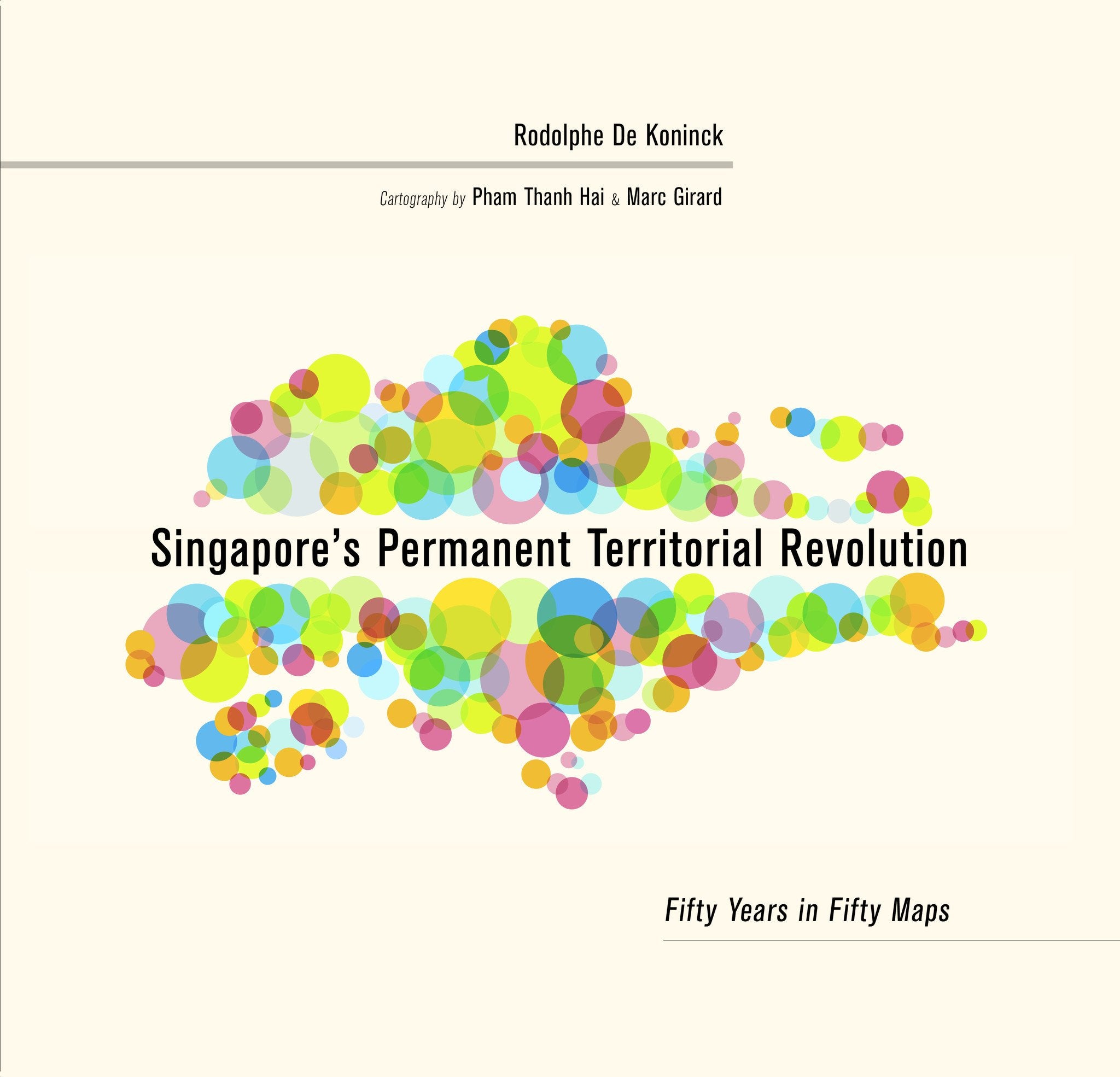
Singapore's Permanent Territorial Revolution: Fifty Years in Fifty Maps
- Description
- About the Author
-
Ever since Singapore became an independent nation in 1965, its government has been intent on transforming the island’s environment. This has led to a nearly constant overhaul of the landscape, whether still natural or already manmade. Not only are the shape and dimensions of the main island and its subsidiary ones constantly modified so are their relief and hydrology. No stone is left unturned, literally, and, one could add, nor is a single cultural feature, be it a house, a factory, a road or a cemetery. Given one of Singapore’s unique features, namely that the state is the sole landlord, all types of property in all parts of the island, rural as well as urban, were and remain subject to expropriation, fortunately always with due compensation.
This atlas illustrates, essentially through diachronic mapping of the changing distribution of all forms of land use, the universality of what has become a tool of social management. By constantly “replanning” the rules of access to space, the Singaporean State is thus redefining territoriality, even in its minute details. This is one reason it has been able to consolidate its control over civil society, peacefully and to an extent rarely known in history.
-
Rodolphe De Koninck retired in July 2016 from the University of Montreal where he had been Professor of Geography and held the Canada Chair of Asian Research since 2002. Prior to that, from 1970 to 2002, he taught at Laval University in Quebec City.
Cover Type: Case Bound
Page Count: 168
Year Published: 2017
Size: 286mm x 270mm
